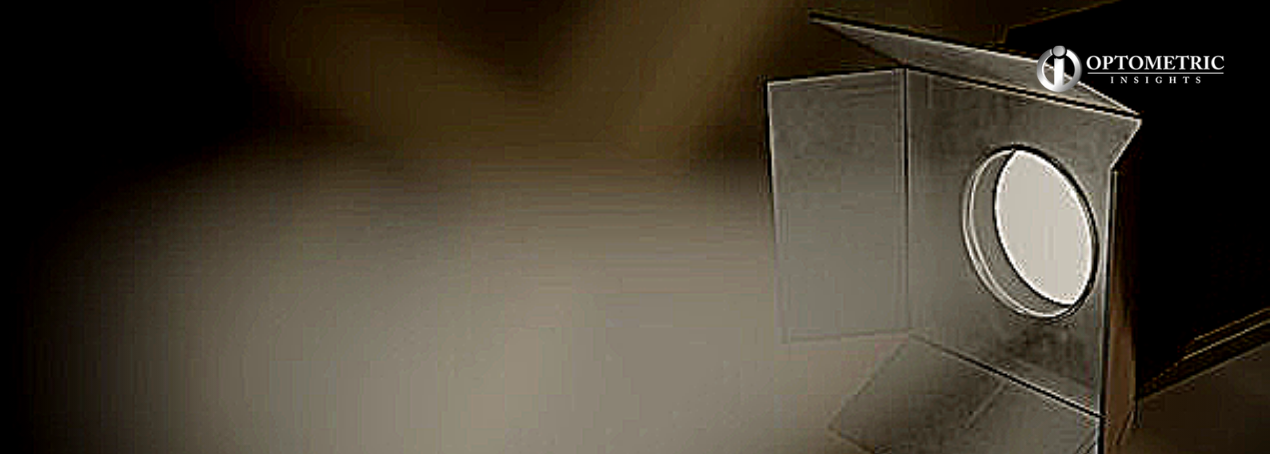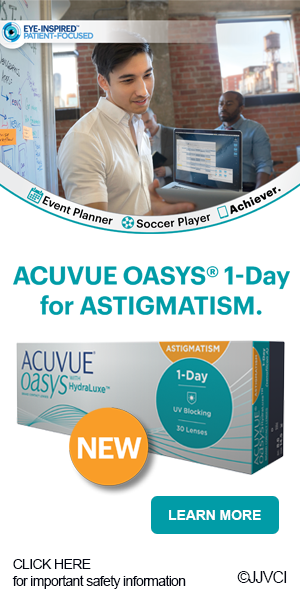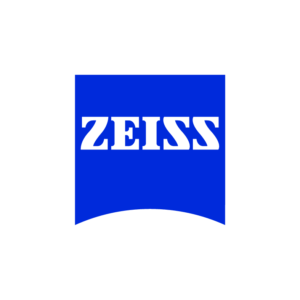By now you are probably wondering why it has taken me so long to realize that myopia is a disease, not just a nuisance that my patients have. I know, me too. The more that practitioners learn about myopia, the more they realize how devastating it can be for patients.
Myopia isn’t just a refractive error; it is a ticking time bomb. The risks have been widely published regarding the correlation between increased myopia and increased risk for glaucoma as well as macular and retinal pathology. This is apparent for every level of myopia; for higher levels, however, it is a near certainty. It is fortuitous that you all subscribe to Contact Lenses Today and Contact Lens Spectrum, where we can learn about some fantastic treatment methods to help save our patients’ vision.
I want to highlight orthokeratology (ortho-k). For some reason, ortho-k still has not caught on. According to lens manufacturers, only a fraction of practitioners fit this incredible modality. Ortho-k has proven for decades to be an effective method of slowing the progression of myopia, so why not start now? (Note: ortho-K is currently not cleared for myopia control by the U.S. Food and Drug Administration. My claims are based on clinical experience and published research.)
There are several ways to get started; I would suggest doing so on five low myopes. Pick five patients who have refractive errors under –2.00D. As far as I understand, all of the manufacturers have an empirical fitting system. I suggest calling one of the manufacturers and discussing the first five cases. Generally, practitioners will need Ks, Rx, and horizontal visible iris diameter (HVID). If you have the topography, send that over as well. In turn, the manufacturer will send a lens to try on the patient at a dispensing visit. Make sure to provide training on wearing the lens and to schedule a follow-up appointment.
If my predictions are right (based on my highly sophisticated clinical experience), practitioners will be successful in getting at least 4/5 (but probably 5/5) of the patients to 20/25 with no additional correction on the first night. Not only will the patients be amazed, the practitioners will be making an incredible leap toward slowing the progression of myopia in their patients.
READ more of my article here at Contact Lens Spectrum





